When I moved to Uppsala, I couldn’t bare the thought of leaving my best feline friend behind. I knew from the moment I applied to Uppsala University that I’d be taking my cat with me. But how does that work? What do I need to do? What does my cat need to do? Is it even possible? Well, yes, it is!
In this blog post I’ll tell you all about the steps I needed to take to bring my cuddly friend with me to Uppsala.
Requirements for your pet to fulfil
Before my flight to Uppsala, my cat had to fulfil certain requirements. I looked up these requirements online and came across the website of the Swedish Board of Agriculture. On the website I found all the requirements needed. My cat had to be insured and be vaccinated. She especially needed to be vaccinated against rabies at least 3 weeks before traveling. She also needed to be ID-chipped and of course have her own passport. So, I went to my veterinarian and got everything sorted out.
Booking a pet-compatible trip
Next thing to do was to book a flight for her and I, and try to get her to fly in the cabin with me. This all depends on the airline you are flying with; mine was KLM. My cat isn’t that big or heavy, so I booked a flight where she could fly with me inside the cabin, yay! However, this really depends on your airline and of course the size of your pet. Many airlines do not allow pets inside their cabin area so check their websites carefully.
Pet flight prep
Now, of course, I had to prepare my cat and myself for the flight. For the flight I had to buy a bag with the exact measurements offered by the airline. If the bag is smaller than the measurements, there is no issue. But if it is too big, the pet won´t be able to fit in-between your legs in the cabin and would have to be put with the luggage instead ☹
I also had to make sure she got used to the bag before the flight, so I bought the bag a few weeks before flying to get her used to being in the bag. Sometimes she even slept in the bag. For the flight itself, I also got her a Beaphar de-stressing collar with valerian and lavender scent. This scent calms cats down so they won´t be too stressed on a flight or whatever else you need your pet to be calm for. It’s also very important to not let your pet eat a few hours before the flight to avoid any “accidents” on the flight. So, I took her food away the night before the flight. Your pet can still drink water until about 4 hours before the flight.
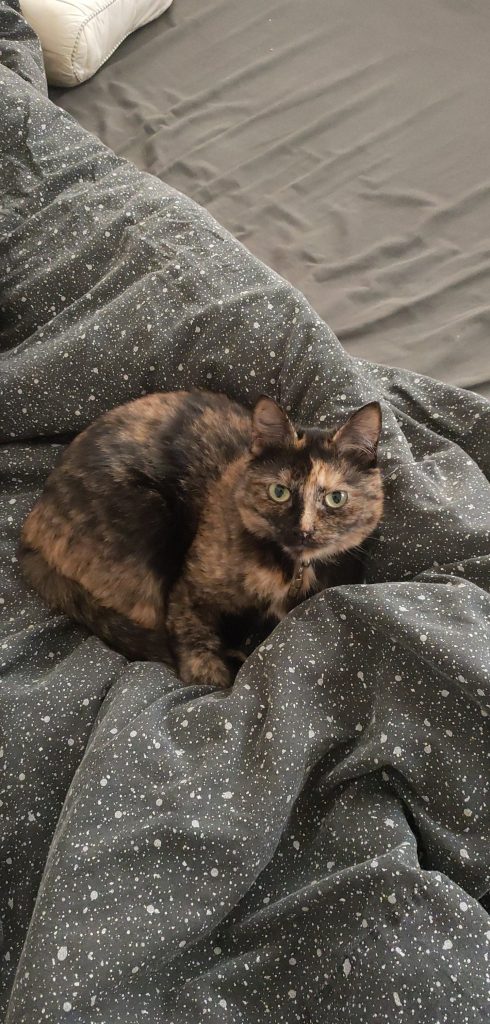
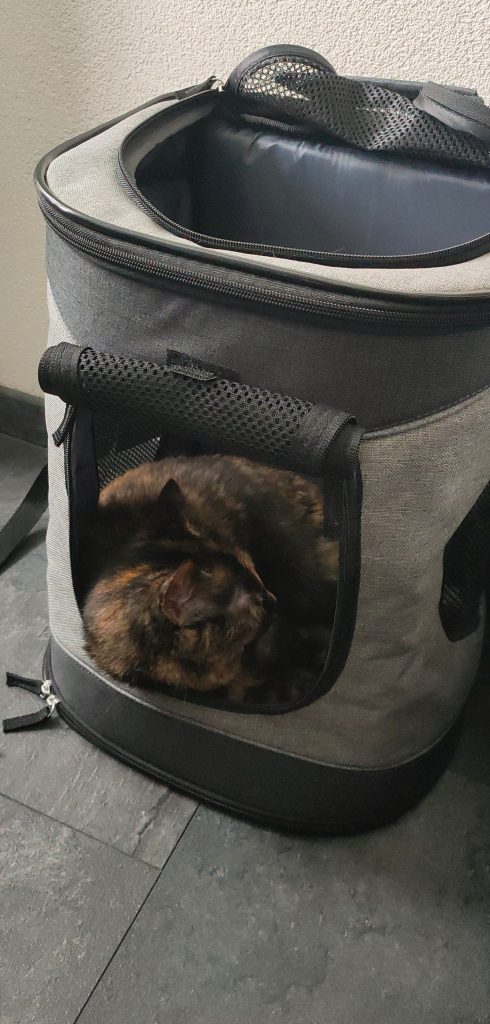
Finding pet-friendly accommodation
But before flying to Uppsala, I had to complete the hardest step of this entire process; finding an accommodation that would allow pets. Most student housing, if not all, do not allow pets. I was also moving to Sweden with my partner, so finding a student apartment for two and a cat wasn’t really manageable. That means I had to look elsewhere.
I started my search on Google and also asked @taggedforuppsala for some tips on finding an accommodation elsewhere. This eventually led me to three places:
- Blocket.se
- Uppsala Bostadsförmedling
To start, blocket.se is a website where you can buy and sell many second-hand things, however it can also be useful for finding accommodation. When looking for a place to stay on the website, you can filter your location, but you can also add in the filters that you want a place that allows pets. That’s what I did and there were loads of options for me to choose from. But they were sadly either too small for us and a cat, too expensive, or only short-term. So, I continued my search elsewhere, Facebook!
On Facebook, many people offer many accommodations but it’s very competitive, and usually you have to still apply through another website. Also, there are many scammers on Facebook so I decided this wouldn’t be the best place to find an accommodation for my partner, my cat and I. This eventually led me to Uppsala Bostadsförmedling. This website offers you housing all over Uppsala, but also in counties outside of Uppsala but still nearby. It offers student housing, retirement homes, and, of course, also normal apartments and many of those apartments allow pets. The only issue with this website is that it works with a queue, and it is very competitive. So, you have to sign up fairly early to secure a good spot in a queue. I signed up a bit early, around January, to look for an apartment for July/August. It took many applications, lots and lots of patience, and of course lots of time to find an apartment suitable for all of us. I stood in the queue for about 40-50 accommodations, each time being in the queue line starting from place 50-100 and eventually not getting even close to getting them. But eventually, after months of stalking the website, I finally managed to apply for an apartment and came first in the queue for it! When you´re first in the queue, the people of the accommodation eventually contact you and ask you for some information. If you meet all the requirement, you´re all set!
Flying, arriving and getting to know the new home
So, with an accommodation set, my flight set, and my cat completely vaccinated and ready to fly; we flew to Sweden. At the airport from where I was travelling from, I had to show my cat’s passport, and get my cat and her bag searched. Inside the airport my cat could be let out of her bag, but my cat didn’t like how crowded it was, so in the bag she stayed. I also had to check-in my cat at the gate before flying to let the crew know my cat is joining us on this flight. During the flight, my cat wasn’t allowed out of the bag, but she could stay on my lap inside the bag. But during take-off and landing she needed to stay in-between my legs, like a carry-on bag would, for her and my own safety.
When we landed at Arlanda airport, I had to show them her passport again, but my cat didn’t need to be searched and we could easily leave the airport and finally start our journey in Sweden together. When leaving the airport, I had to get my cat and me to the apartment. I did not want to take my cat on a train and bus ride home. So, I took an Uber instead to have a comfortable ride to our apartment.
It’s important to note, that just like you might need time to adjust to this new foreign country, it might also take some time for your pet to adjust to a new country, home and climate. They will also be very tired from the flight and travelling. So let your pet rest and explore their new surroundings slowly and when they are ready. And most importantly, give them lots of love! My cat took about a week to really adjust to her new home and her new surroundings, but now she loves it here. So, be patient. It will all be fine.
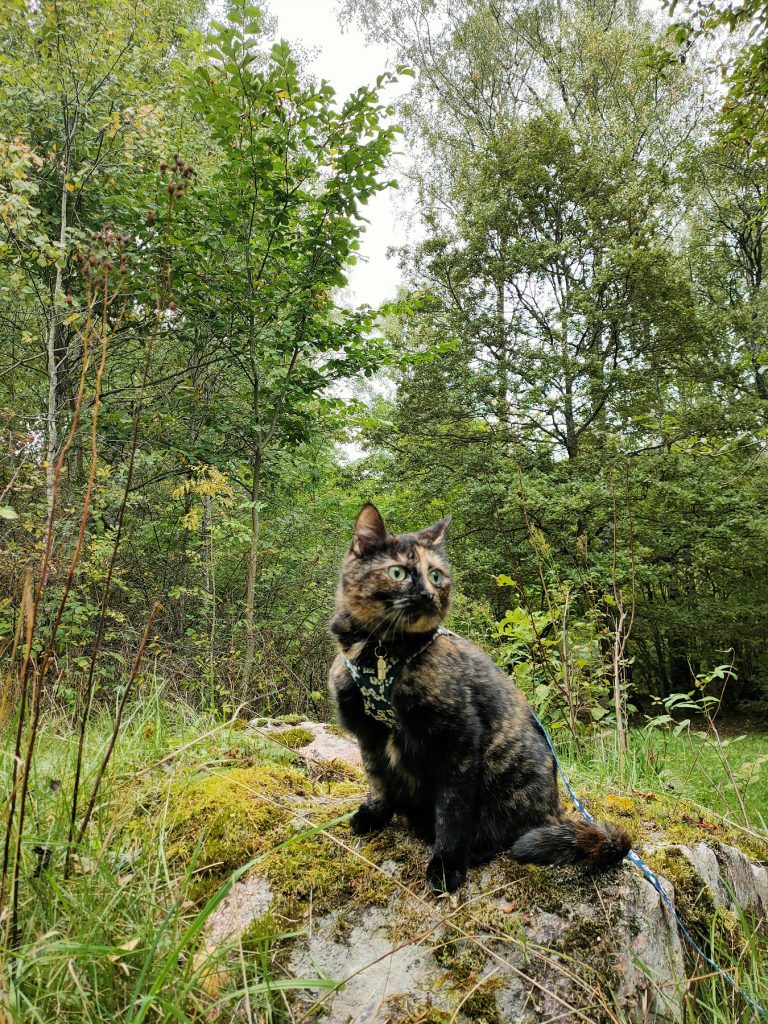
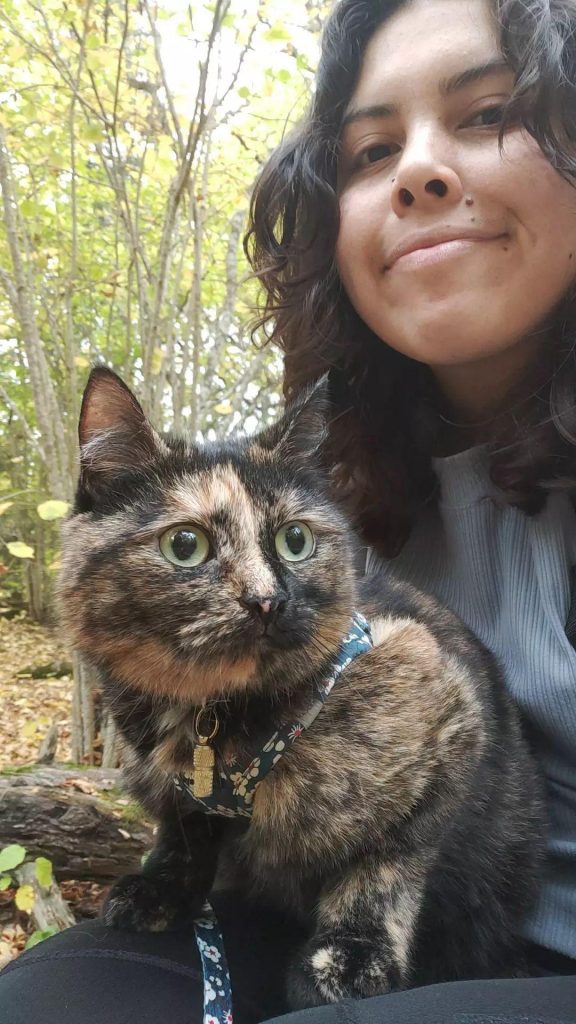
Register at your local veterinarian
It´s also important to note, that once you get your Swedish personal number, register your pet at the nearest veterinarian as soon as possible. They might have cheaper insurance plans for your pet, but it´s also always great to have your pet registered at a veterinarian if anything goes wrong and to have their yearly check-up. At the veterinarian, they can also change the address on your pet´s ID-chip to your Swedish address, but you could also do this yourself online in case your Swedish personal number is taking too long.
Moving with your pet to Uppsala or Visby: step by step
So, to summarize everything. The steps needed to take your pet with you are the following:
- Check the requirements for your pet on the Swedish Board of Agriculture website
- Find accommodation for you and your pet
- Book a flight
- Check flight requirements
- Prepare for the flight
- Fly
- Register your pet at the nearest veterinarian
- Enjoy Sweden with your pet
I hope you enjoyed this post and learned a bit about how to take your furry friend with you on your trip to Sweden 😊 I’m so happy to have her here with me.
/Samantha Angela




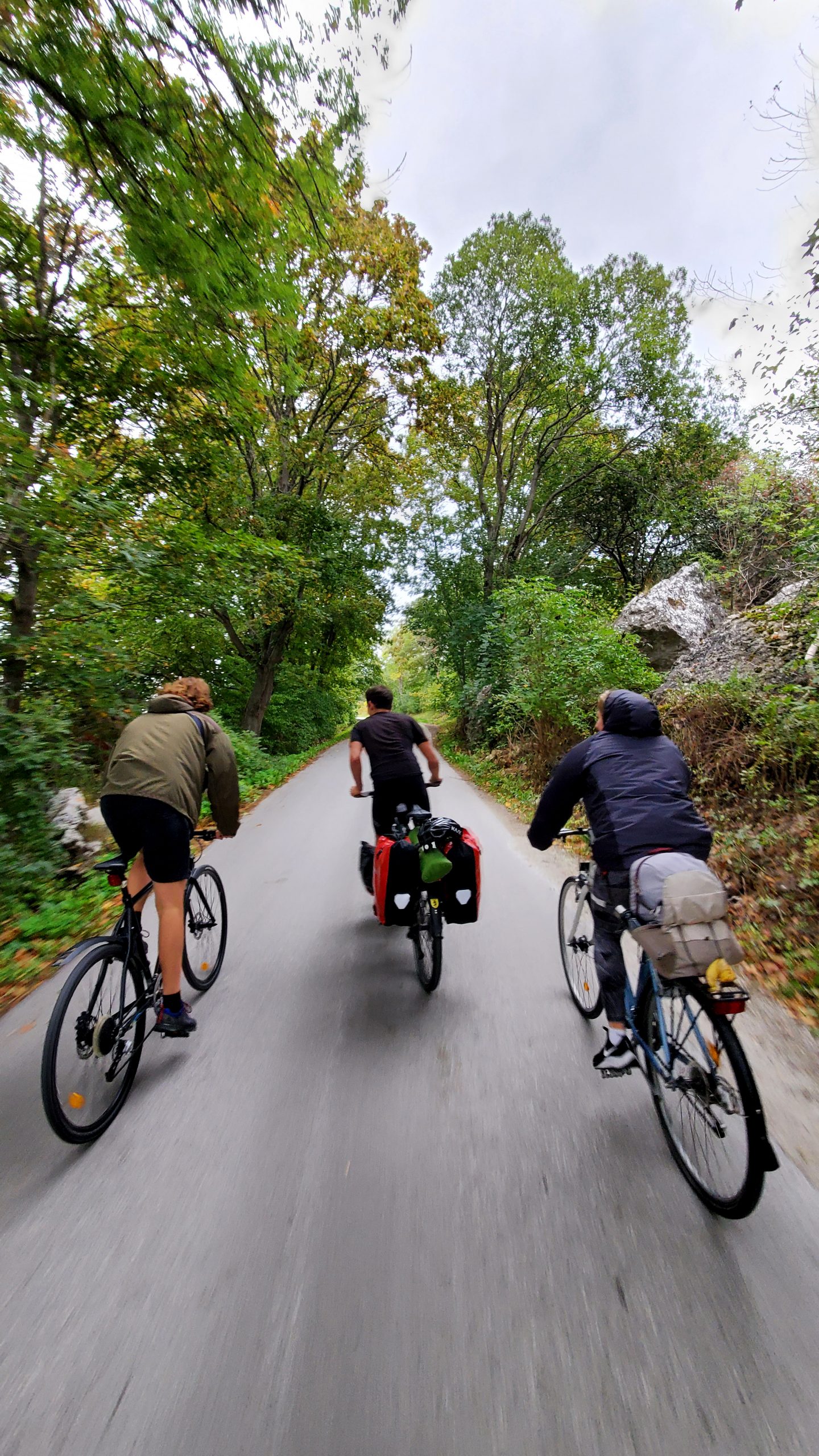


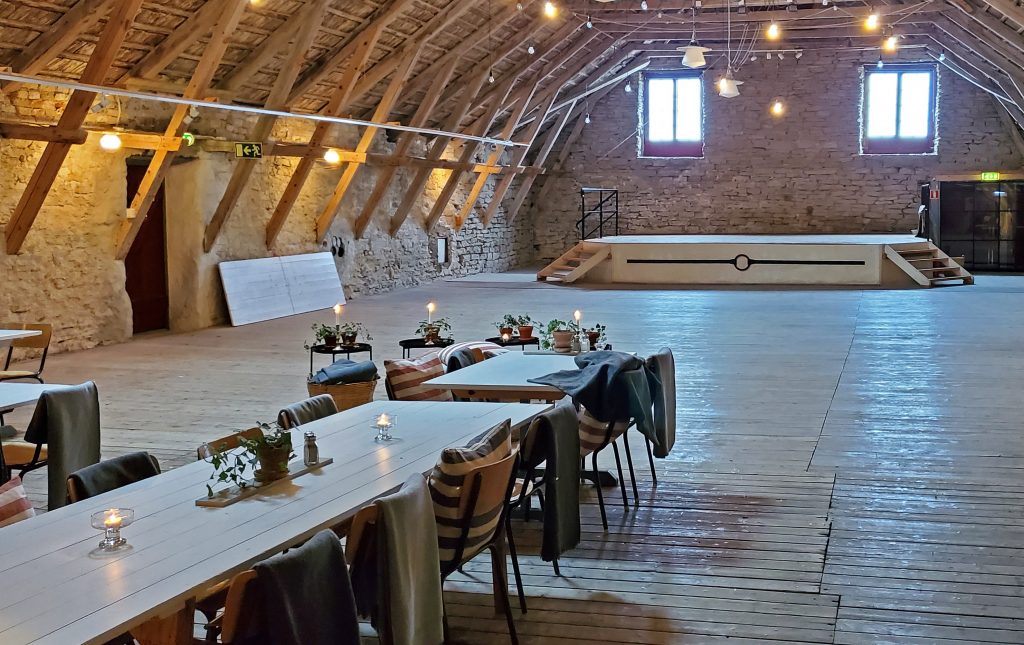
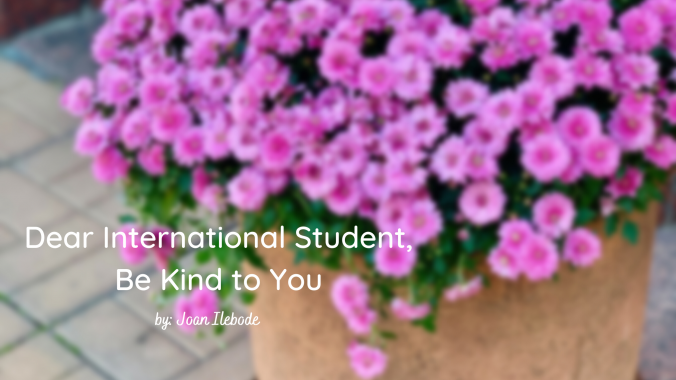
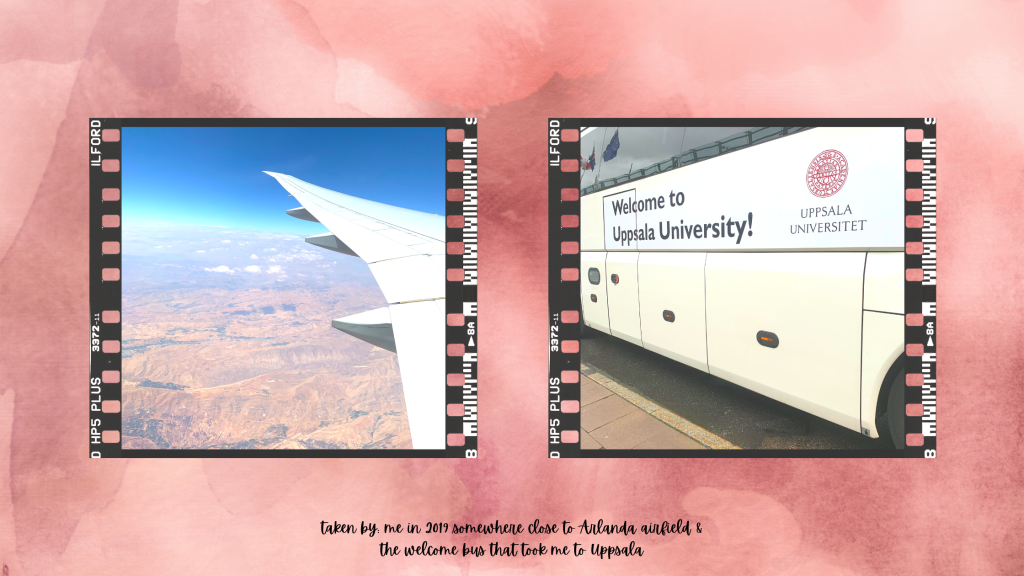
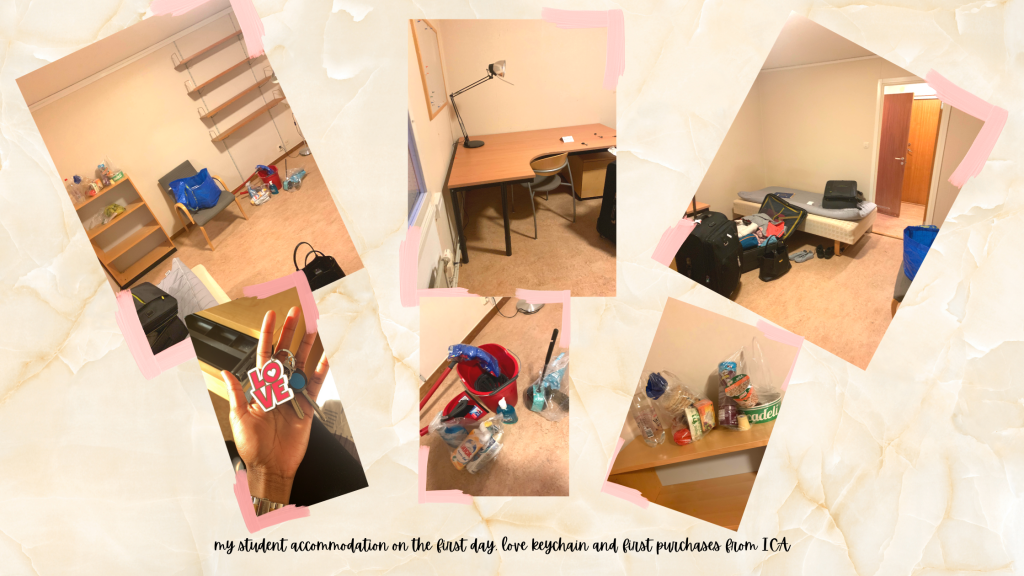
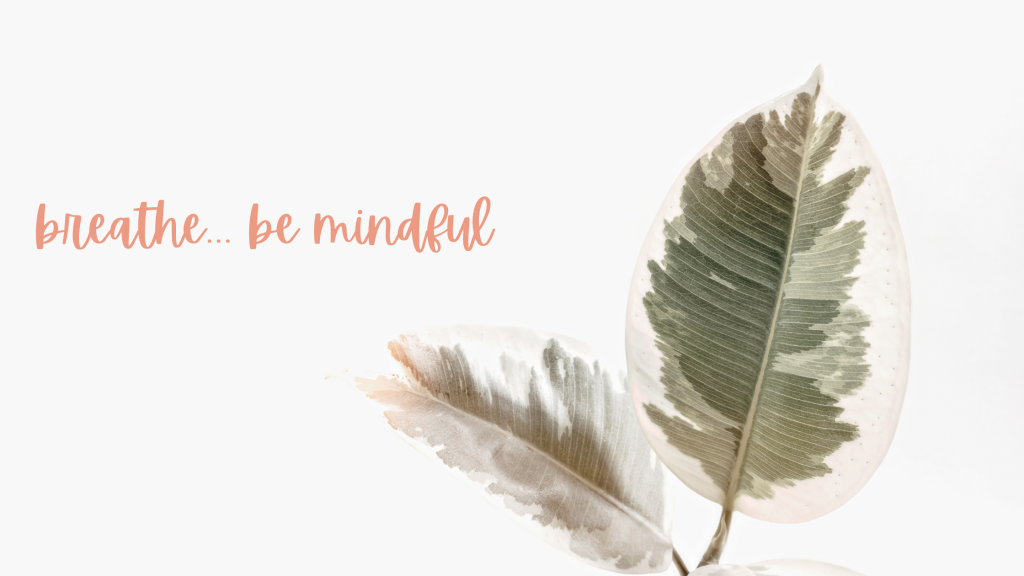
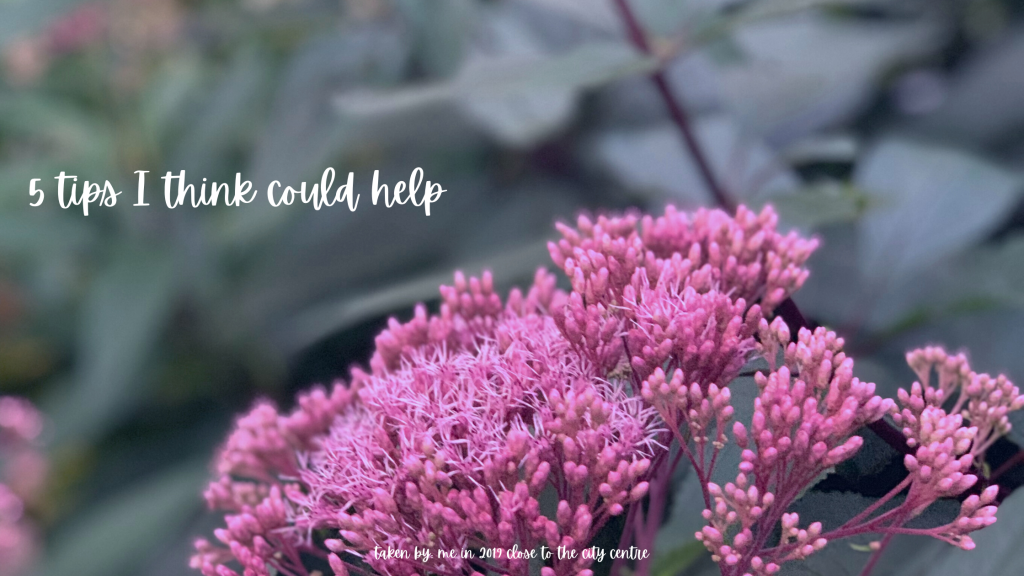
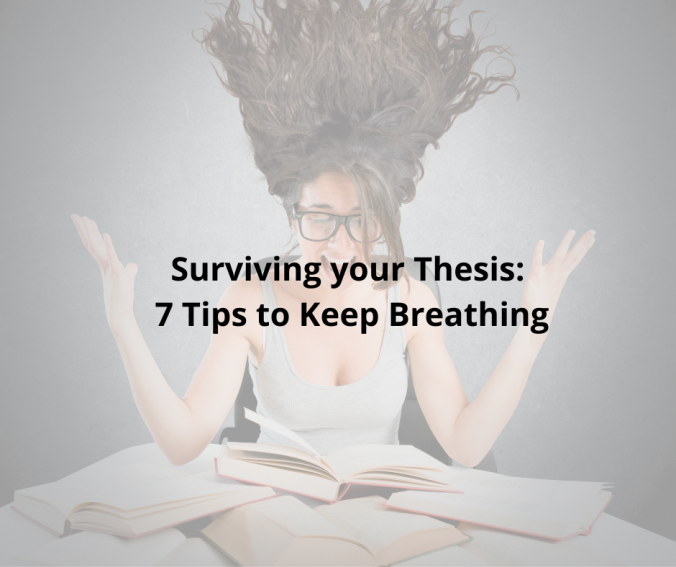


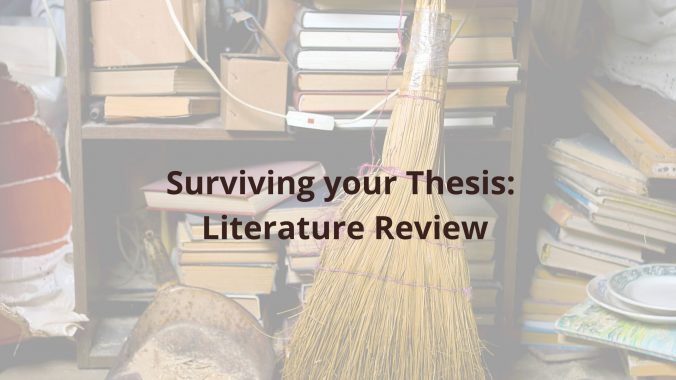




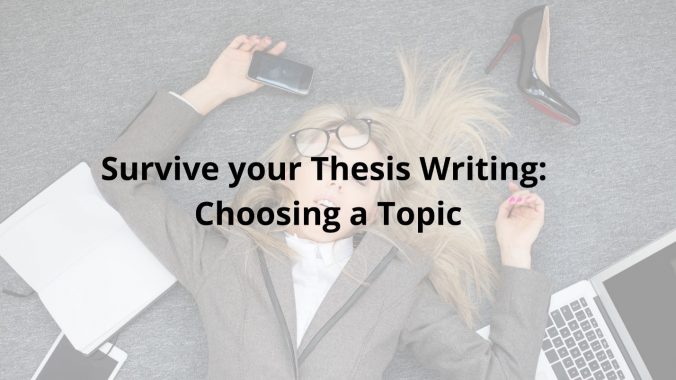

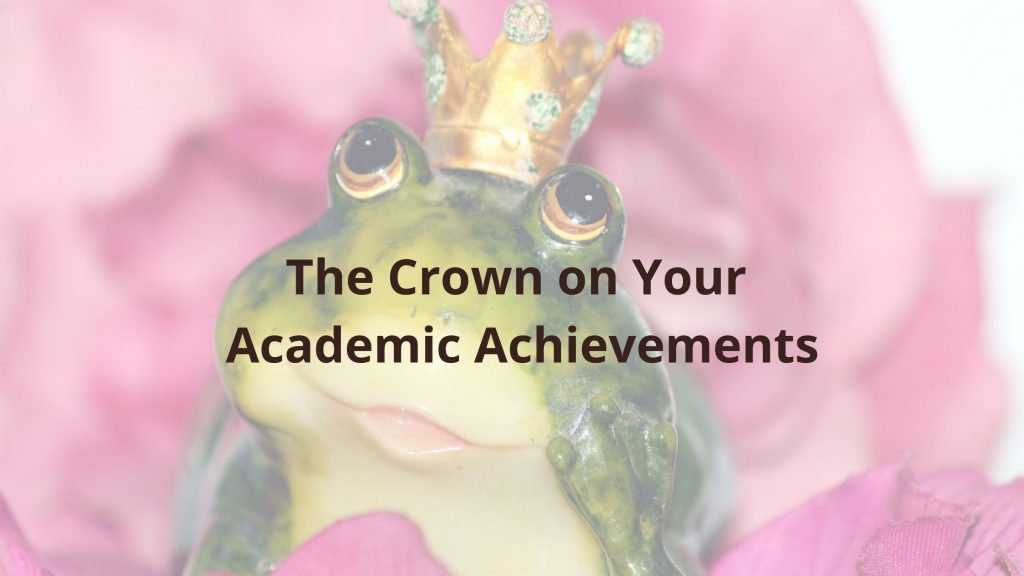

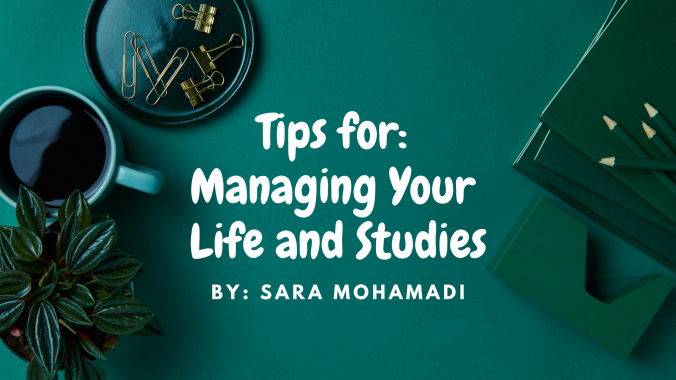






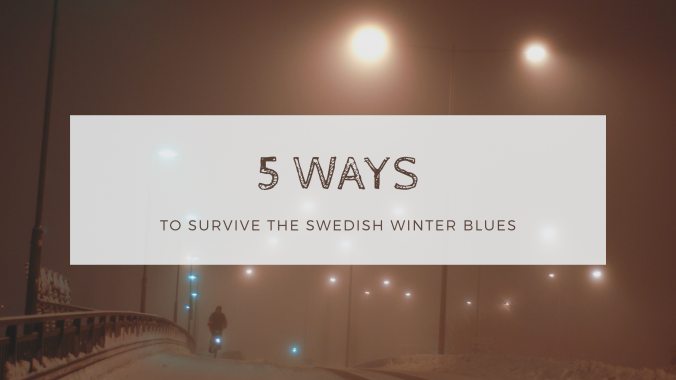
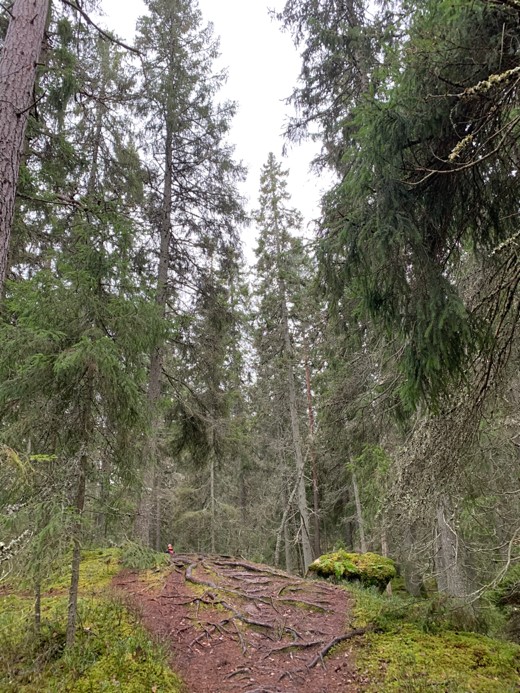
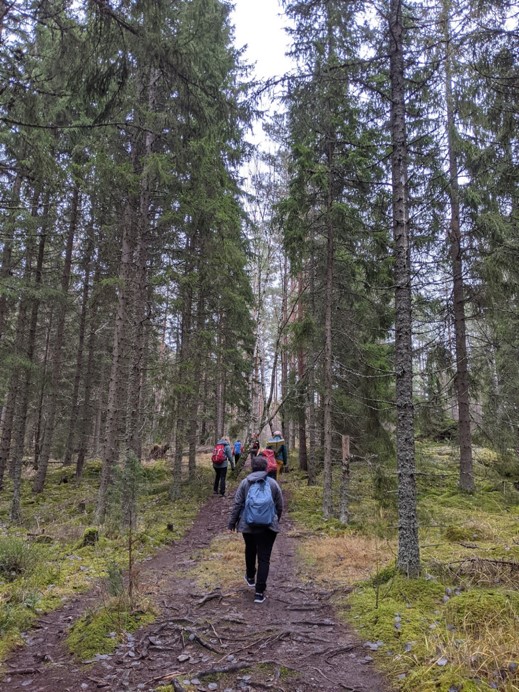
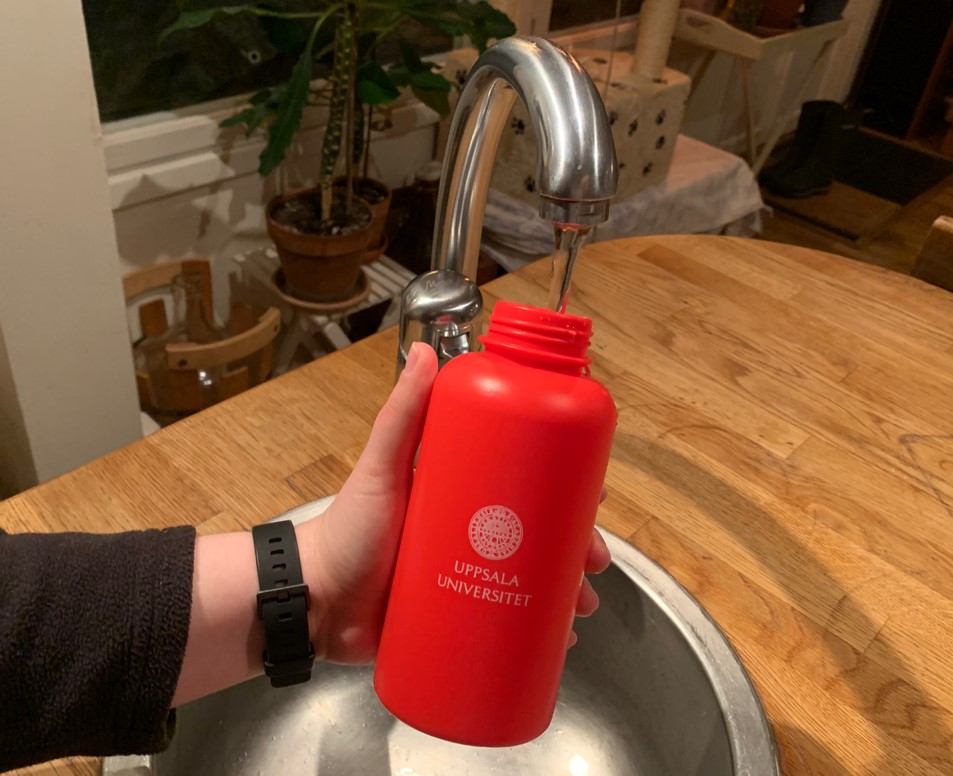
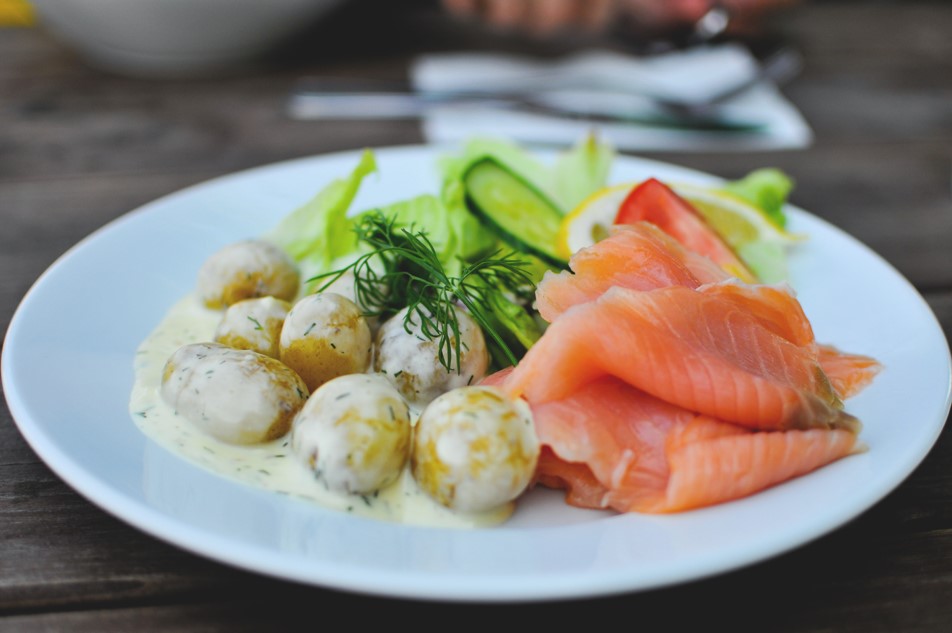



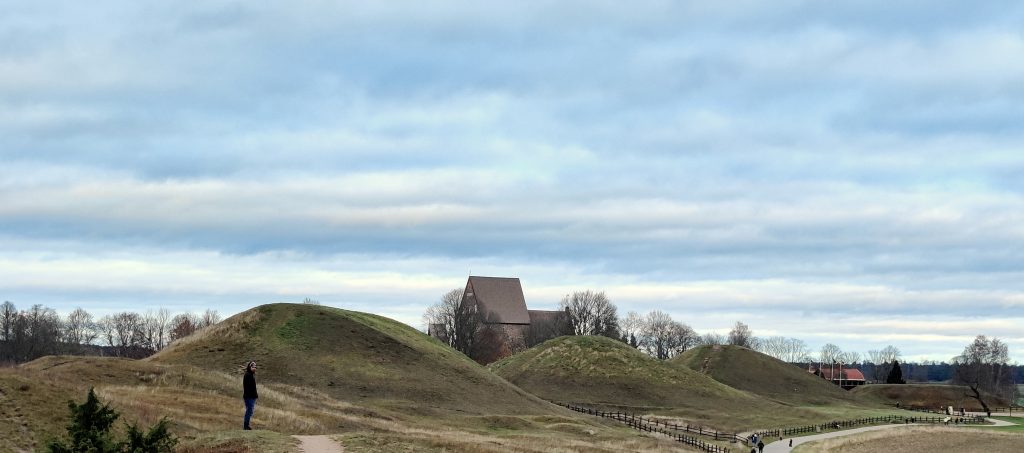




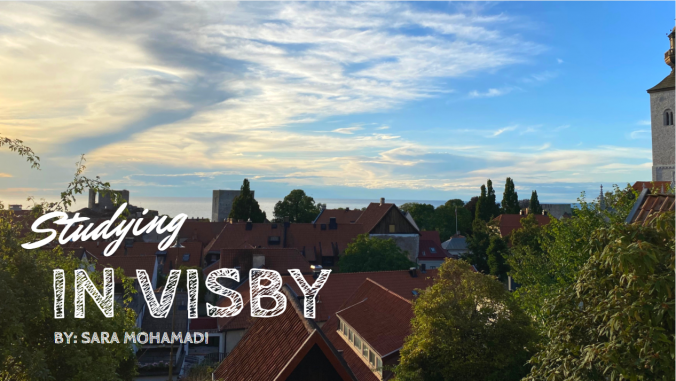
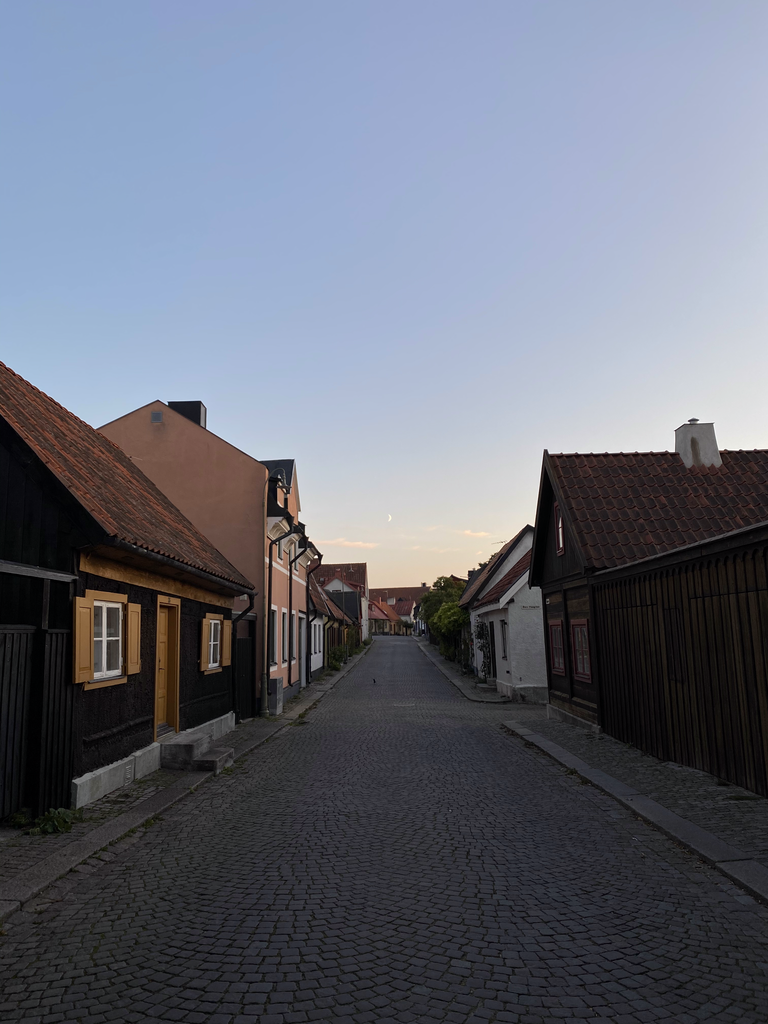
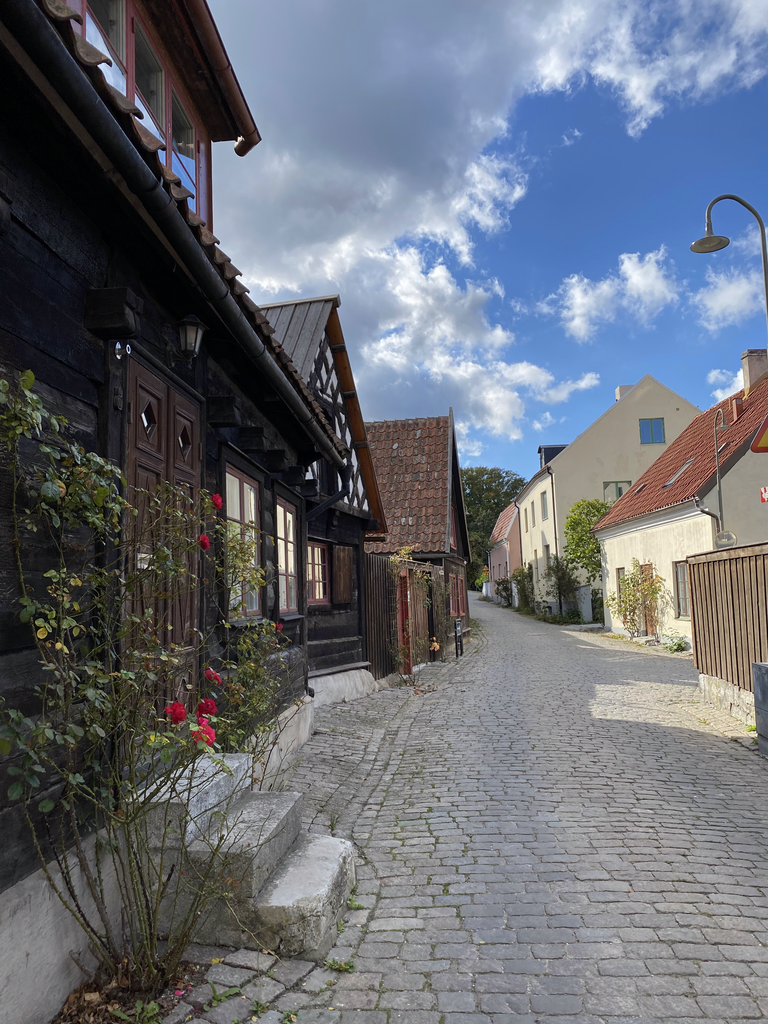


Recent Comments